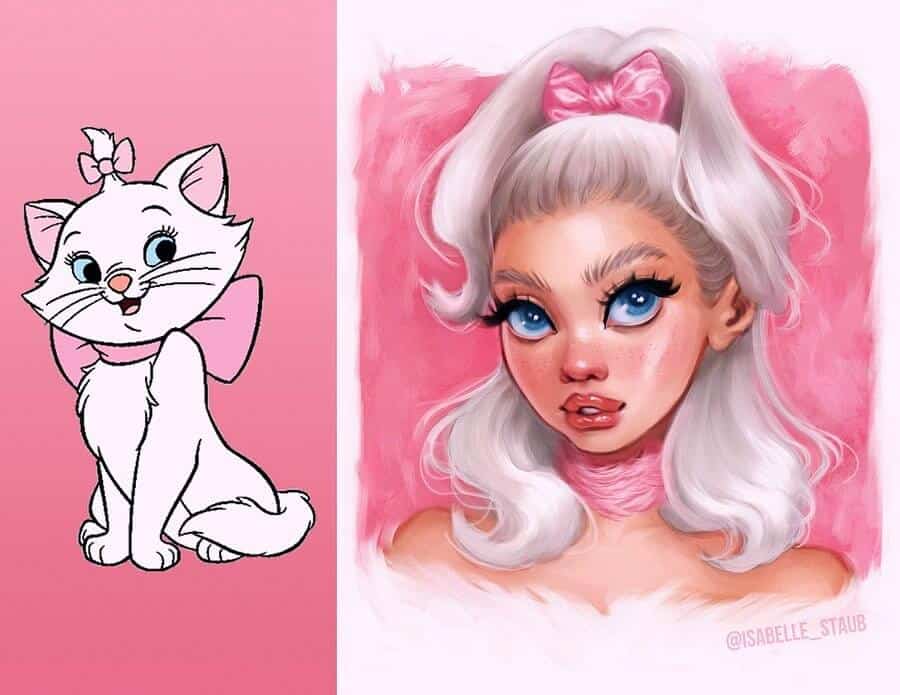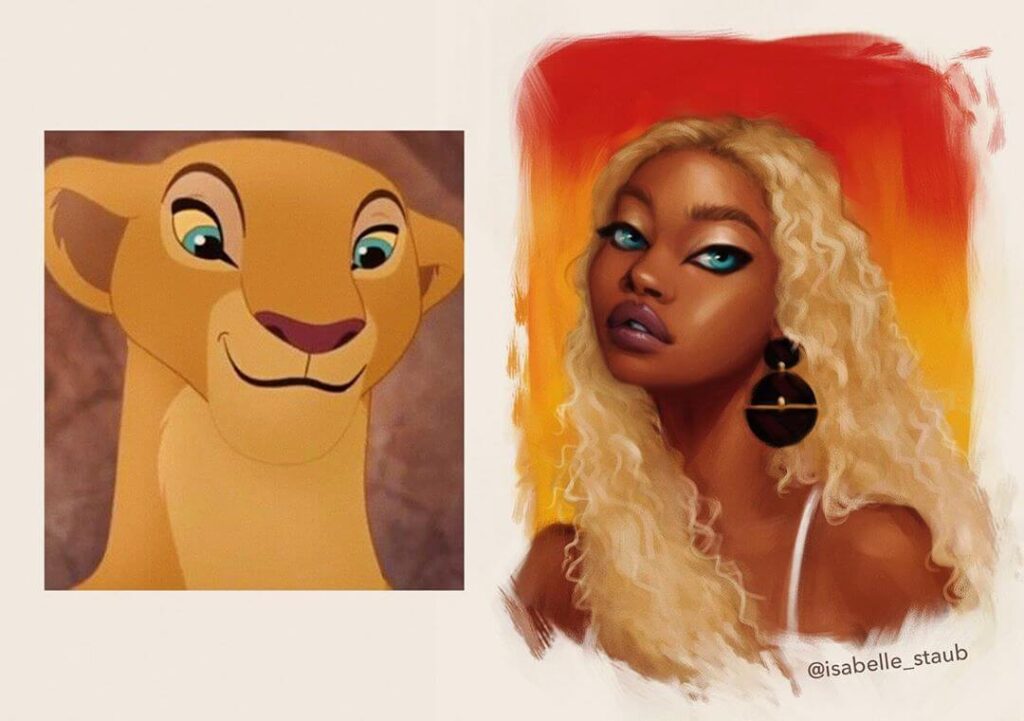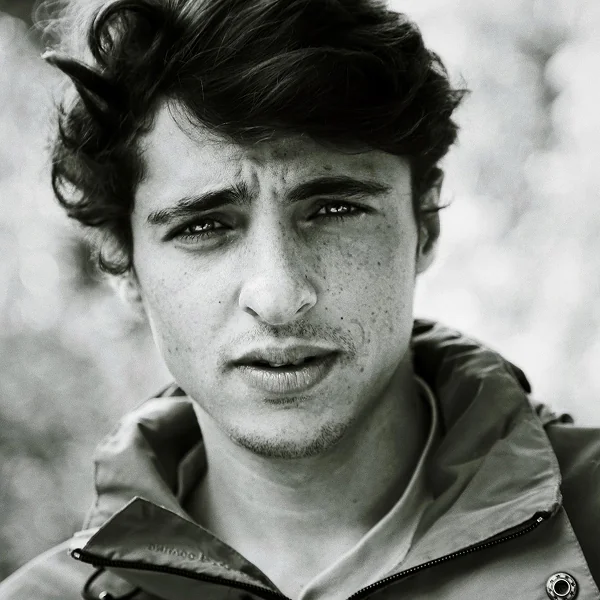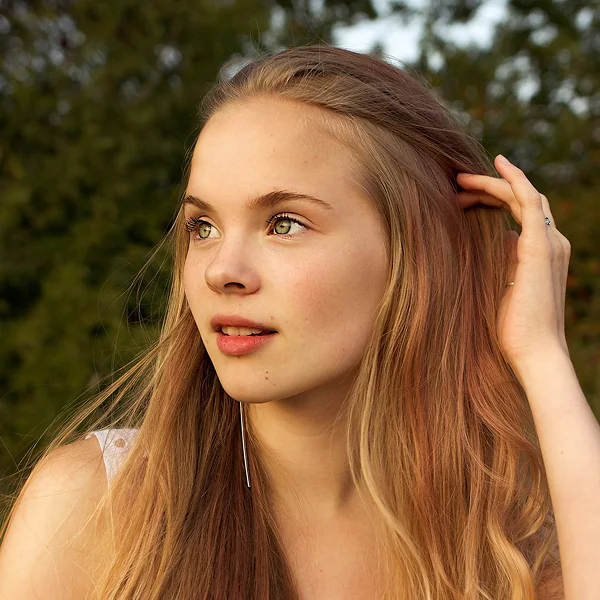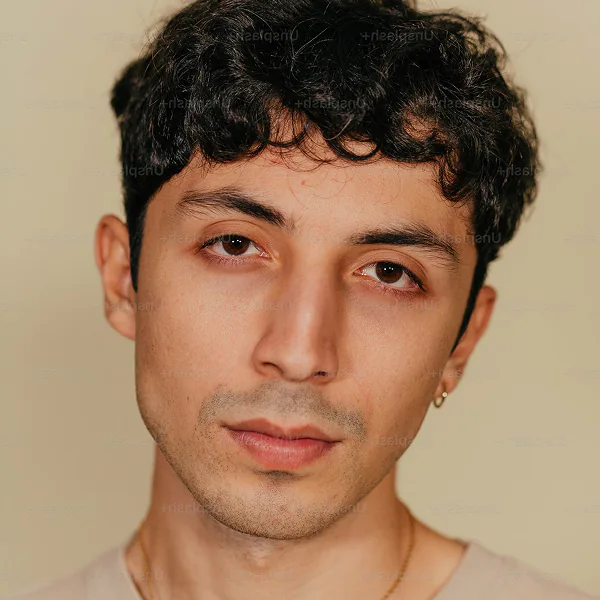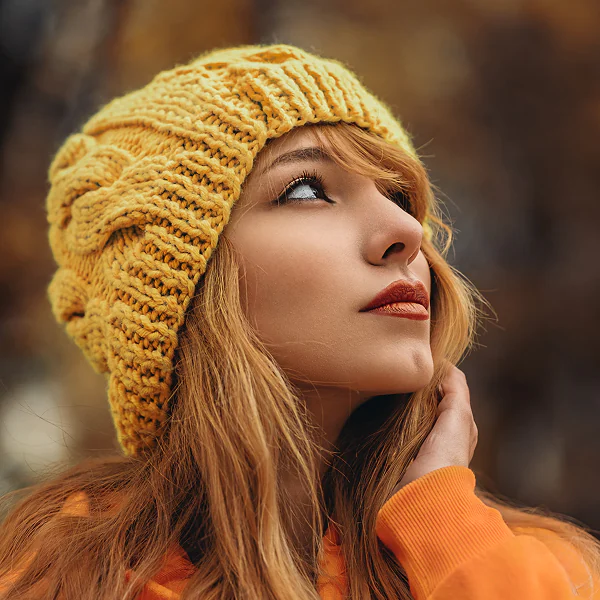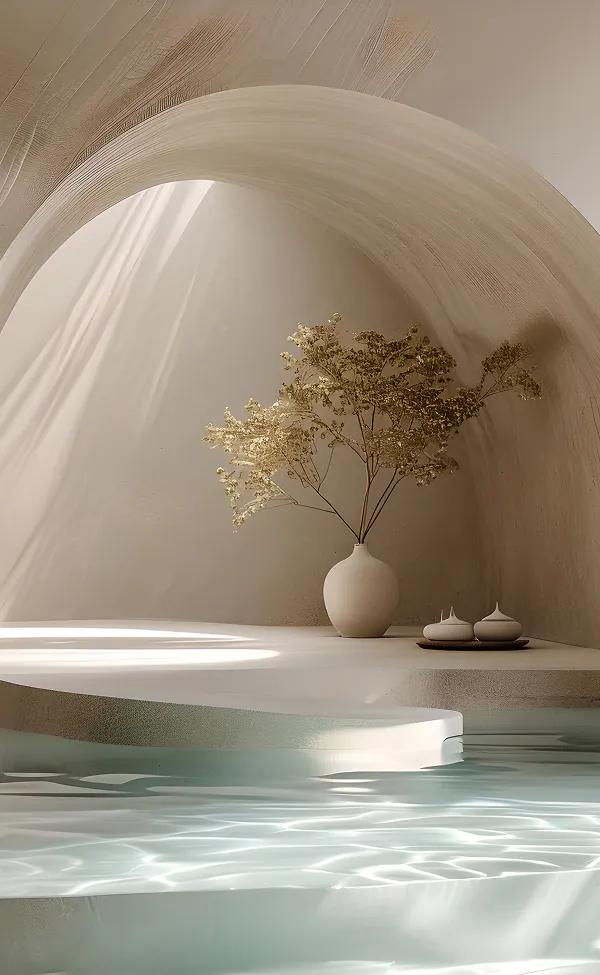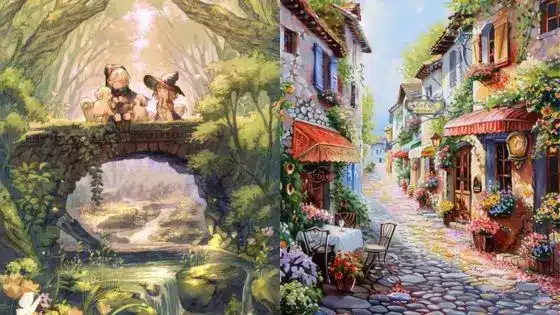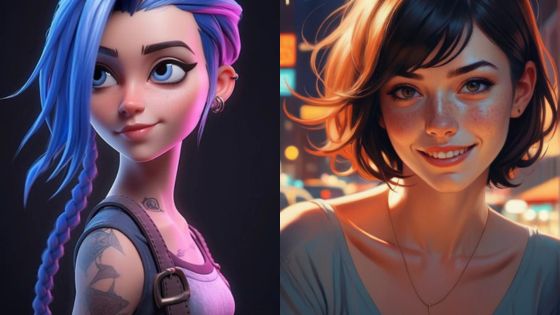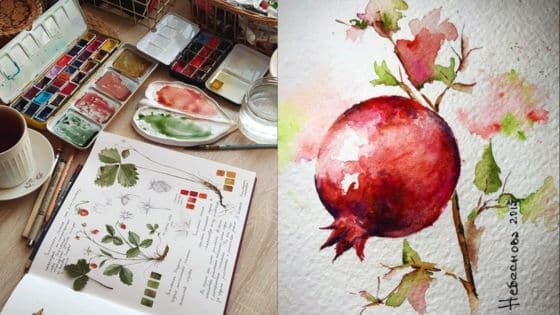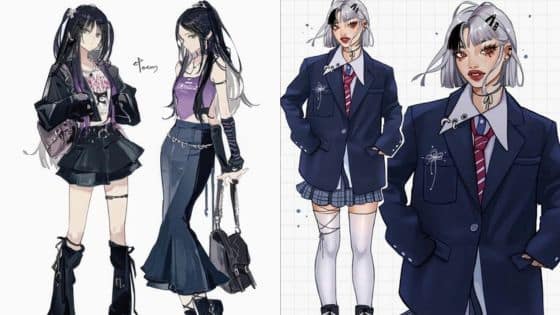Disney drawings have captivated audiences for generations, from the early days of Mickey Mouse to the modern era of Elsa and Anna. These iconic characters and their unique designs have become synonymous with the Disney brand, inspiring countless artists and fans to create their own interpretations of these beloved figures. In this article, we will explore the world of Disney drawings, from the history and basics of drawing Disney characters to advanced techniques and character-specific guides.
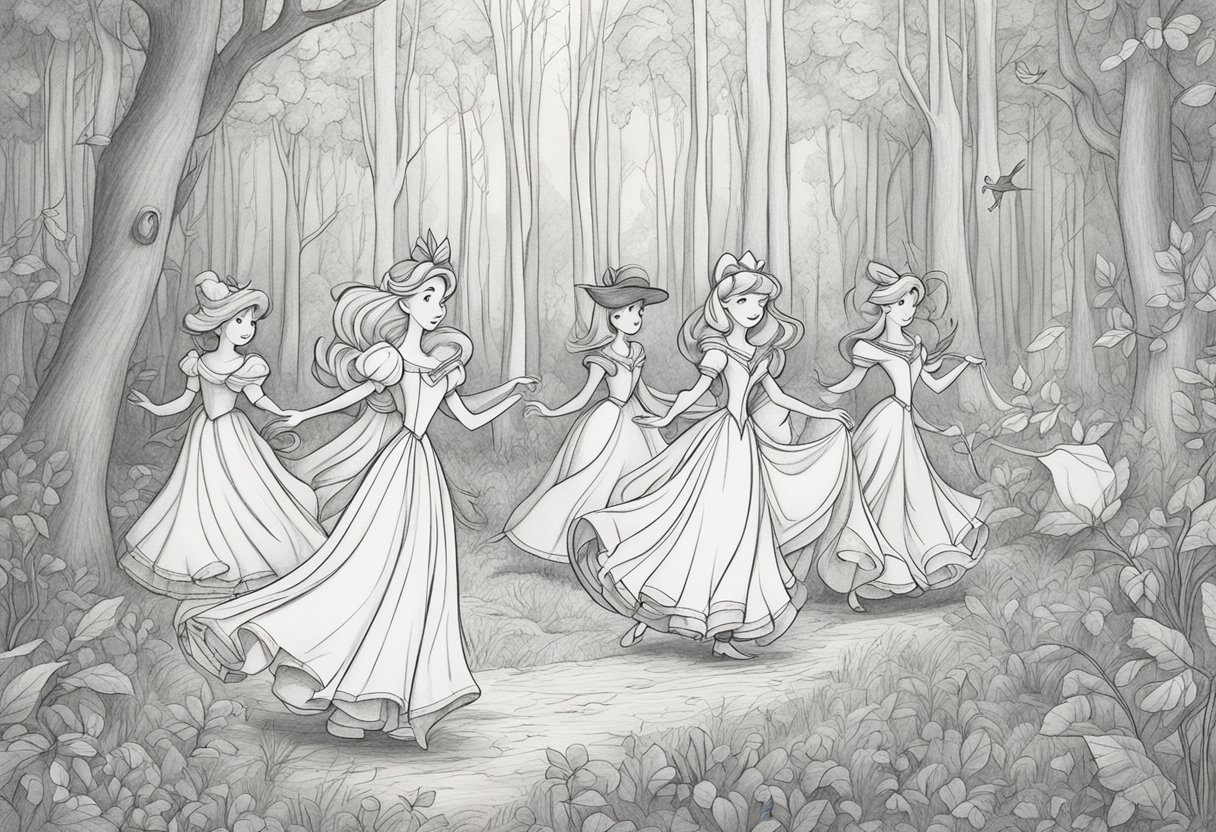
The history of Disney drawings is a rich and fascinating subject, tracing the evolution of character design and animation from the early days of Walt Disney’s studio to the present day. We will delve into the origins of classic Disney characters such as Mickey Mouse, Donald Duck, and Snow White, as well as more recent additions to the Disney canon such as Moana and Baymax. Along the way, we will explore the various influences and techniques that have shaped the art of Disney drawing over the years.
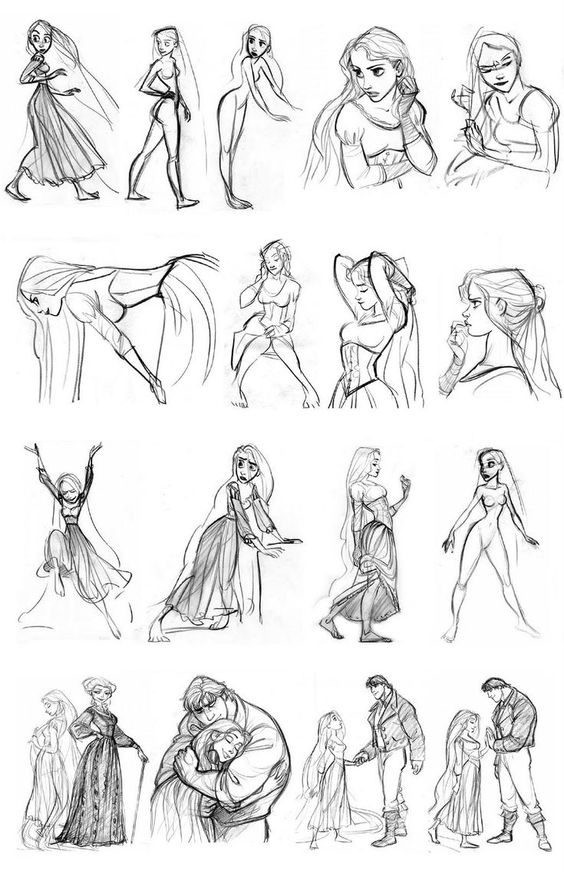
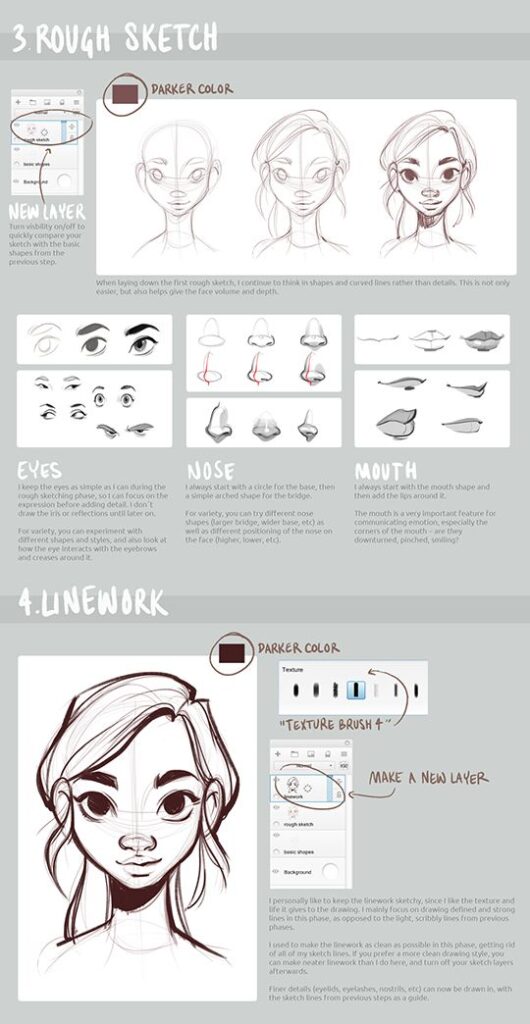
Whether you’re a seasoned artist or a beginner looking to hone your skills, there’s something for everyone in the world of Disney drawing. From the basics of sketching and shading to more advanced techniques such as perspective and character design, we will provide a comprehensive guide to creating your own Disney-inspired artwork. So grab your pencils and join us on a journey through the magical world of Disney drawings.
Key Takeaways
- Disney drawings have a rich history and have evolved over time with the development of animation technology.
- Drawing Disney characters involves mastering basic drawing skills, such as sketching, shading, and perspective, as well as character-specific design elements.
- Practicing and improving your skills is key to creating high-quality Disney drawings that capture the magic and charm of these iconic characters.
History of Disney Drawings
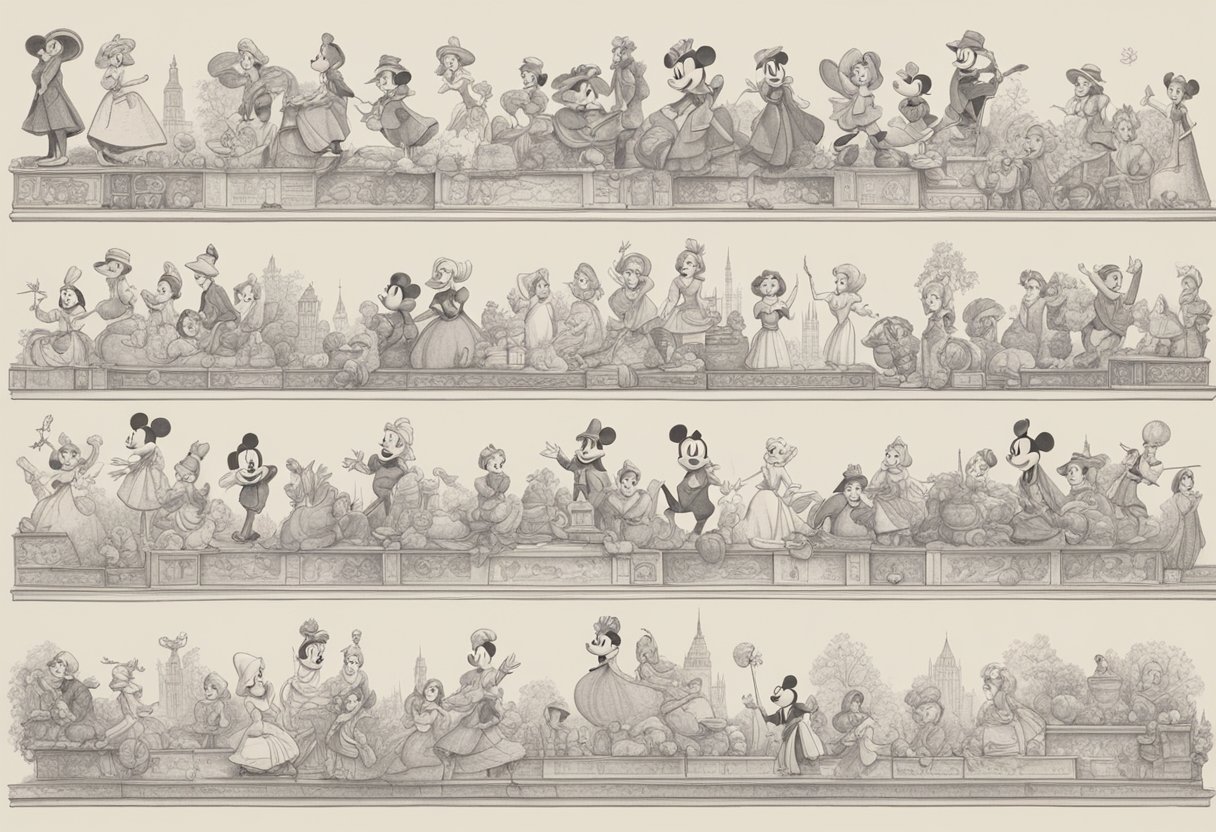
Evolution of Animation Styles
Over the years, Disney has become synonymous with animation. The company has been at the forefront of the animation industry since the early 20th century. Disney’s animation style has evolved over the years, from the classic hand-drawn animation to the more modern computer-generated animation.
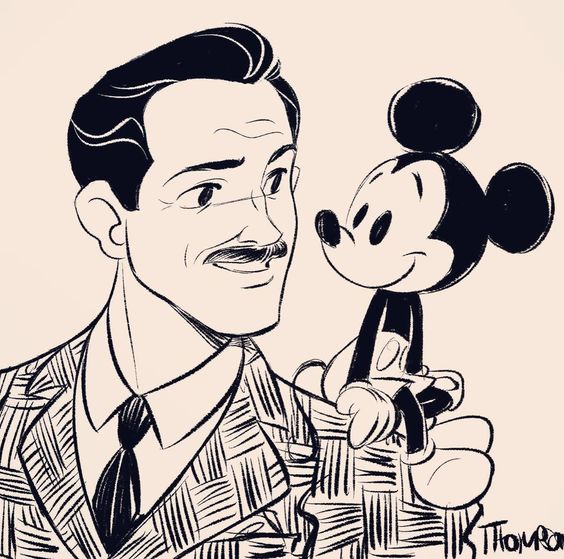
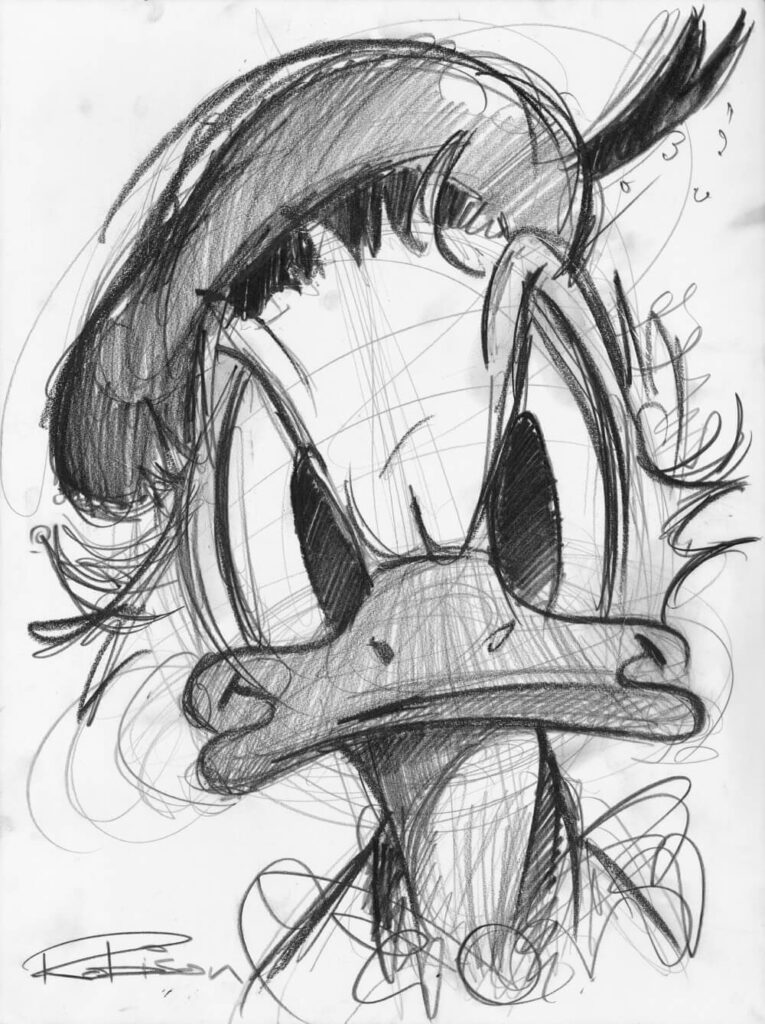
The first animated Disney film was “Snow White and the Seven Dwarfs,” which was released in 1937. This film set the standard for all future Disney films. The animation style was characterized by the use of bright colors, detailed backgrounds, and fluid movements.
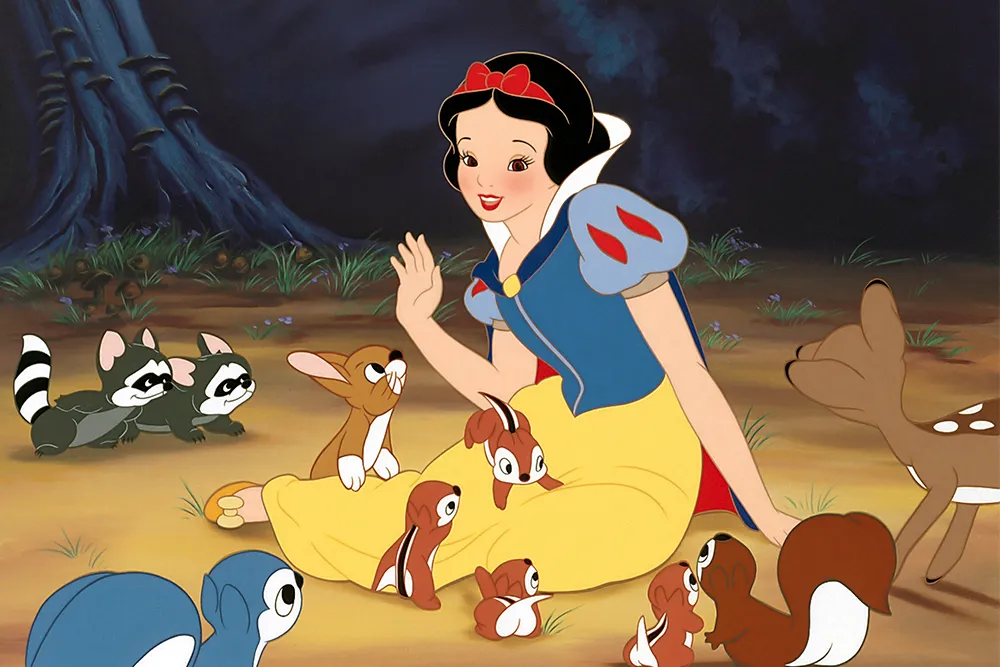

As technology advanced, Disney began to incorporate more complex animation techniques into their films. In the 1950s, the company began using a process called “multiplane camera,” which allowed for more depth in their animations. This technique was used in films such as “Cinderella” and “Sleeping Beauty.”
Today, Disney uses a combination of hand-drawn and computer-generated animation. The company’s latest films, such as “Frozen” and “Moana,” showcase the use of this hybrid animation style.
Iconic Disney Artists
Walt Disney was the driving force behind the success of Disney’s animation. He was a pioneer in the animation industry and was responsible for many of the company’s early successes. Disney was also responsible for creating one of the most iconic characters in animation history: Mickey Mouse.
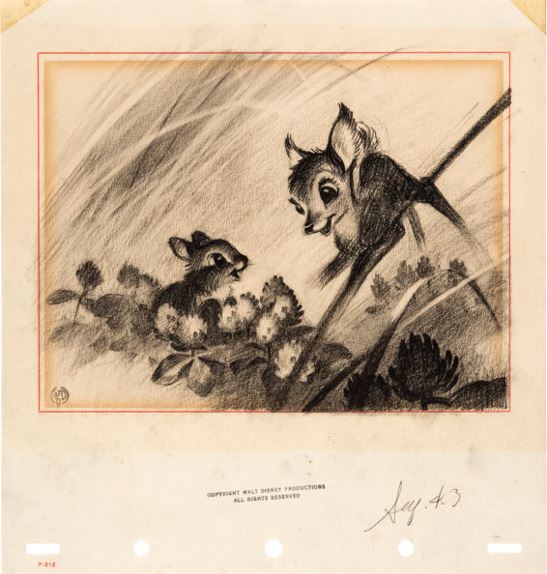
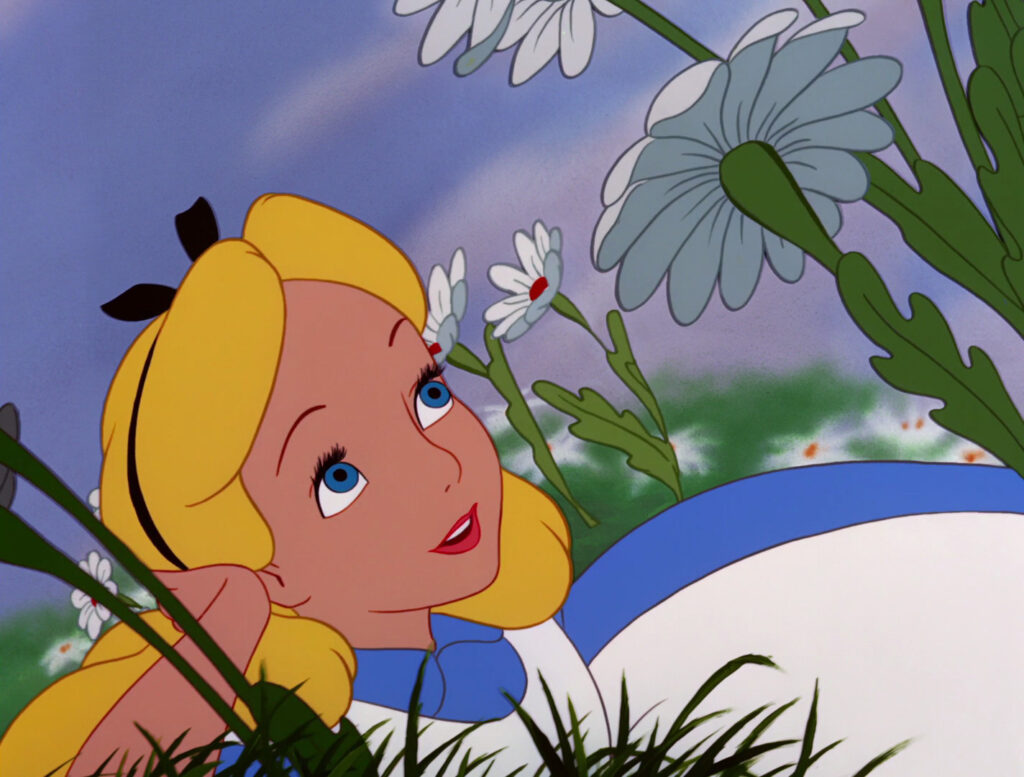
Disney’s animation team was also responsible for creating other iconic characters, such as Donald Duck, Goofy, and Pluto. Many of these characters have become household names and have been featured in countless films and TV shows.
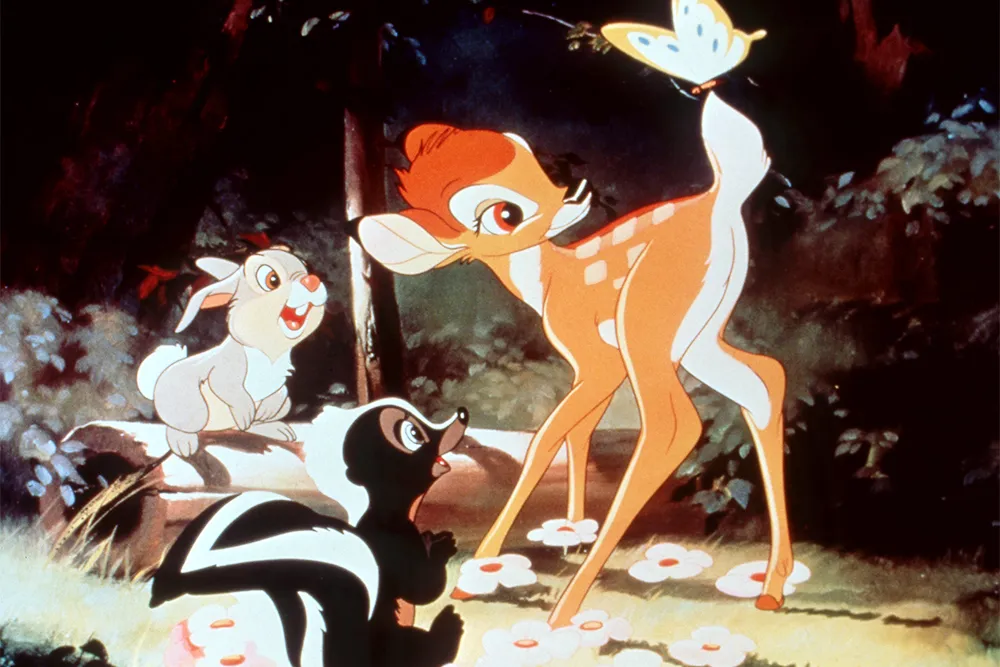
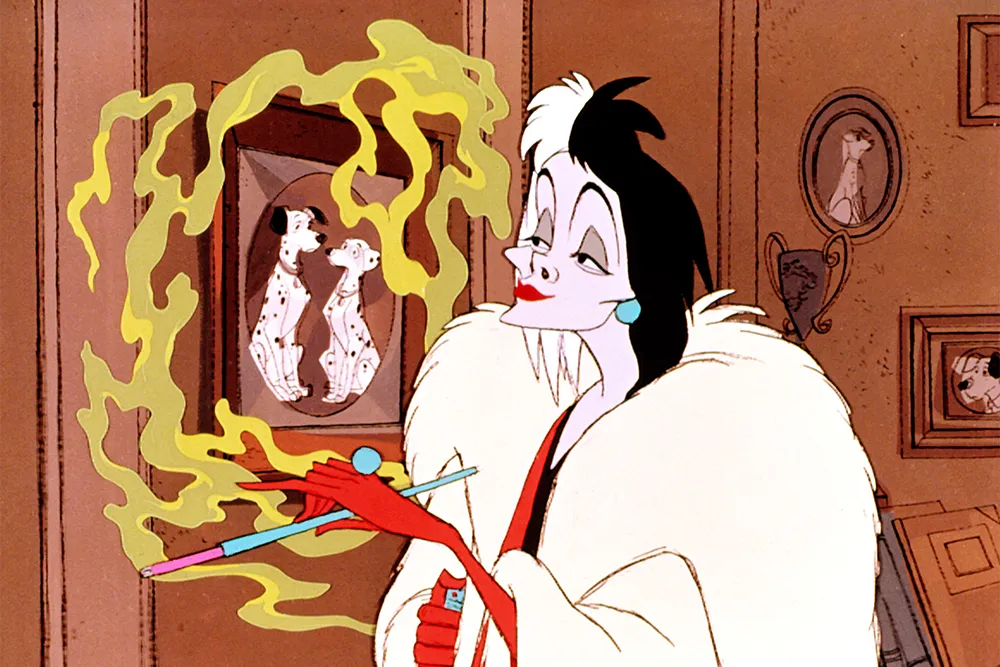
Disney’s animation team has also been home to many talented artists over the years. Some of the most notable include Ub Iwerks, who helped create Mickey Mouse, and Mary Blair, who was responsible for the distinctive look of “Alice in Wonderland” and “Peter Pan.”
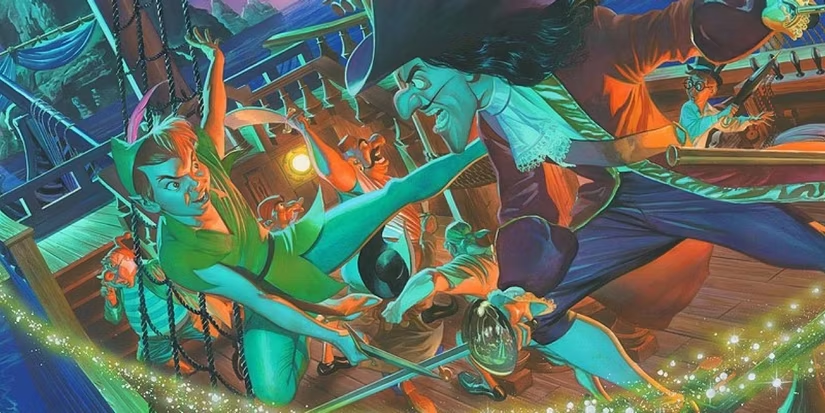
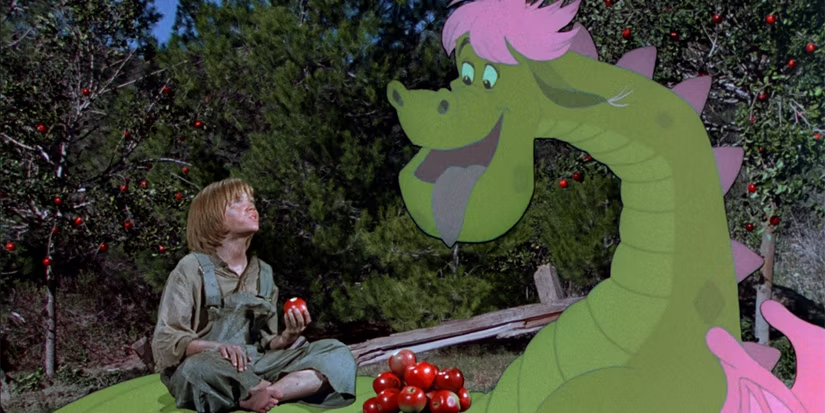
In conclusion, Disney’s animation style has evolved over the years, but the company’s commitment to quality storytelling and memorable characters has remained constant. Disney’s animation team has been responsible for some of the most beloved animated films and characters of all time, and their legacy will continue to live on for generations to come.
Basics of Drawing Disney Characters
Understanding Proportions
When it comes to drawing Disney characters, understanding proportions is key. Proportions refer to the relative size and placement of different parts of the character’s body. For example, the head should be roughly one-third the size of the body, and the arms should be about the same length as the legs.
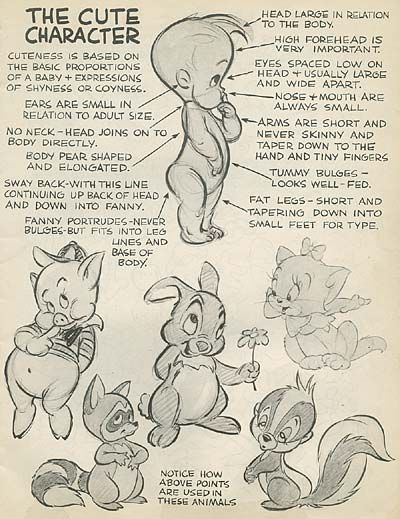

To get a sense of the correct proportions, it’s helpful to look at reference images or even use a grid system to break down the character into smaller, more manageable parts. This can help ensure that your drawing looks accurate and true to the Disney style.
The Disney Style
The Disney style is characterized by exaggerated features, such as large eyes and heads, and simplified forms. To capture this style, it’s important to focus on the essence of the character rather than getting bogged down in details.
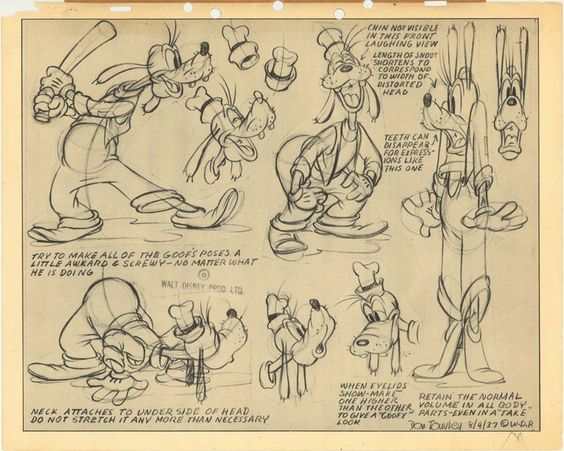
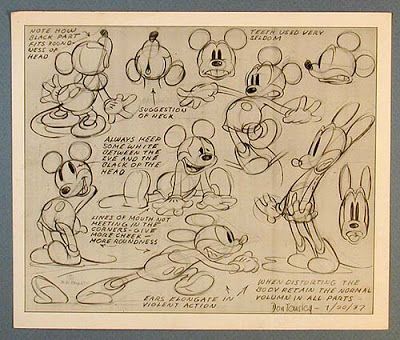
One way to achieve the Disney style is to start with basic shapes and then build up from there. For example, you might begin with a circle for the head, and then add in a larger circle for the body and smaller circles for the arms and legs. From there, you can refine the shapes and add in details like clothing and facial features.
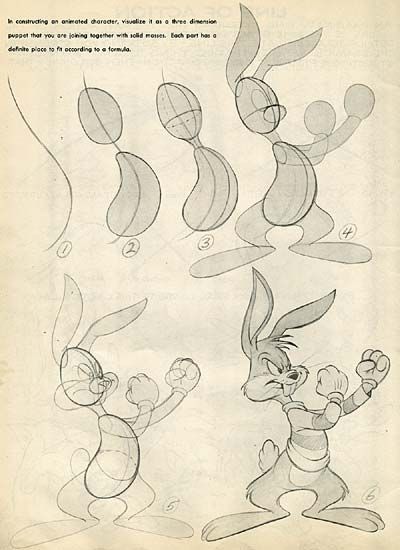
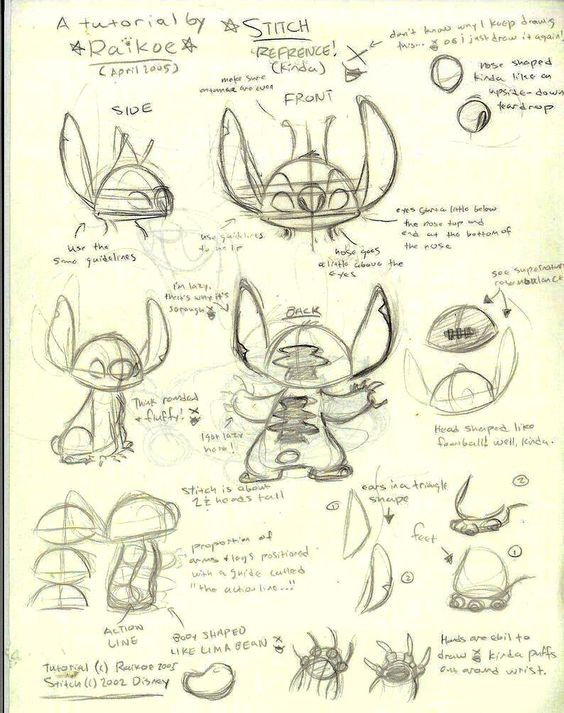
Overall, drawing Disney characters takes practice and patience. By focusing on proportions and the Disney style, you can create drawings that capture the magic and charm of these beloved characters.
Drawing Techniques and Tools
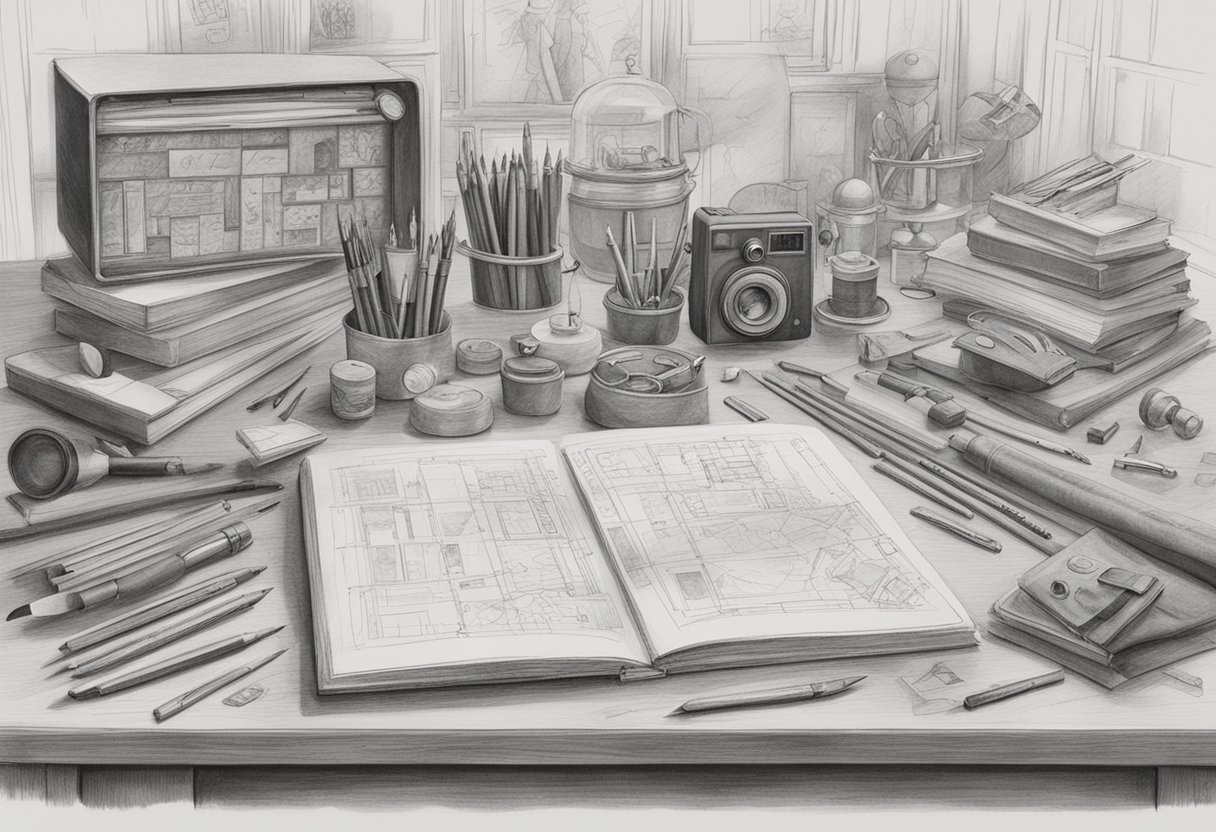
When it comes to creating Disney drawings, there are a variety of tools and techniques that can be used to achieve the desired effect. In this section, we will cover some of the most commonly used tools and techniques.
Pencils and Markers
Pencils and markers are the traditional tools of choice for creating Disney drawings. Pencils are great for sketching out rough outlines and adding shading and texture, while markers are perfect for adding bold, vibrant colors.
When selecting pencils for your Disney drawings, it’s important to choose a range of lead hardnesses. Harder leads, such as H or 2H, are great for sketching out outlines and adding fine details, while softer leads, such as 2B or 4B, are better for shading and adding texture.
Markers come in a variety of colors and tip sizes. Fine-tip markers are great for adding details, while broad-tip markers are perfect for filling in large areas with color.
Digital Drawing Tools
In recent years, digital drawing tools have become increasingly popular for creating Disney drawings. Digital tools offer a range of benefits, including the ability to easily undo mistakes, experiment with different colors and textures, and work on drawings from anywhere.
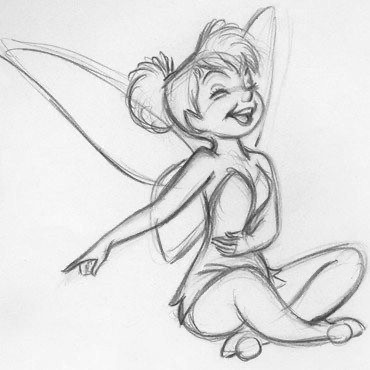
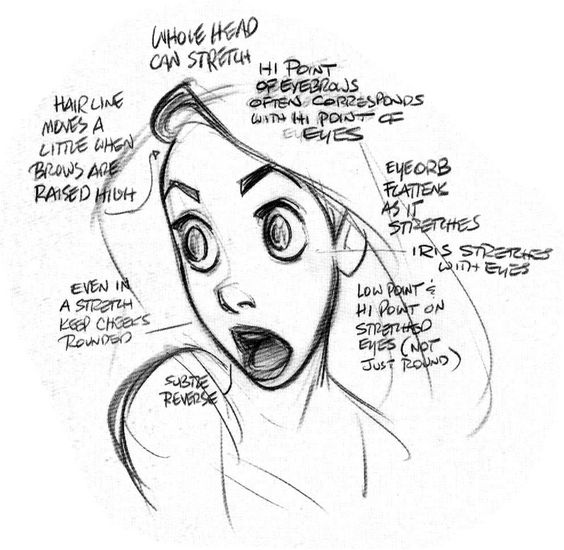
One popular digital drawing tool is the Wacom tablet, which allows artists to draw directly onto a computer screen using a stylus. Another popular option is Adobe Photoshop, which offers a range of tools and brushes for creating digital drawings.
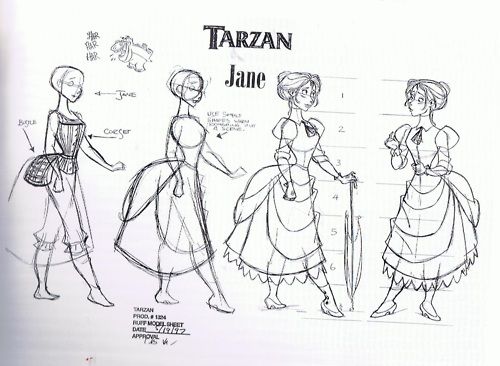
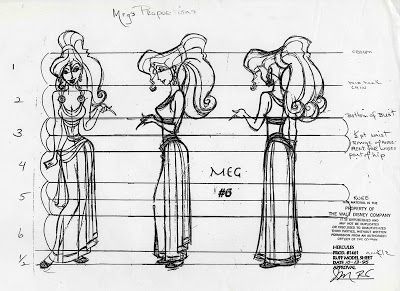
When using digital drawing tools, it’s important to take advantage of layers. Layers allow you to work on different parts of your drawing separately, making it easier to make changes without affecting the rest of the drawing.
Tutorial
If you’re new to creating Disney drawings, there are a variety of online tutorials available to help you get started. Many of these tutorials cover basic drawing techniques, such as sketching, shading, and coloring, as well as more advanced techniques, such as creating realistic textures and adding depth to your drawings.
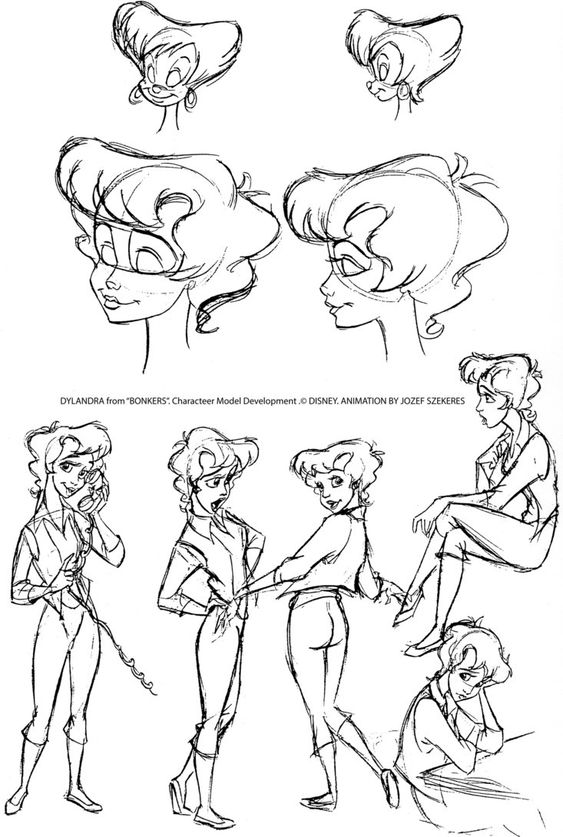
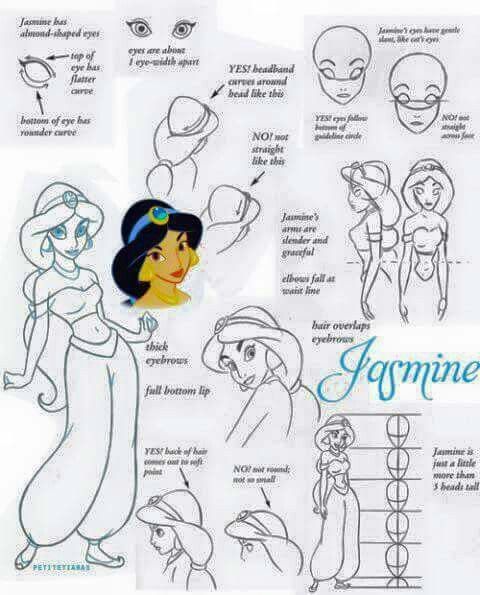
Some popular online resources for Disney drawing tutorials include YouTube, DeviantArt, and the Disney Parks Blog. Whether you’re a beginner or an experienced artist, taking the time to learn new techniques and experiment with different tools can help you take your Disney drawings to the next level.
Character-Specific Drawing Guides
Princesses and Heroines
Drawing Disney princesses and heroines can be a fun and rewarding experience. Each character has their unique features and style that make them stand out. When drawing princesses and heroines, it’s important to pay attention to their facial features, hair, and clothing.
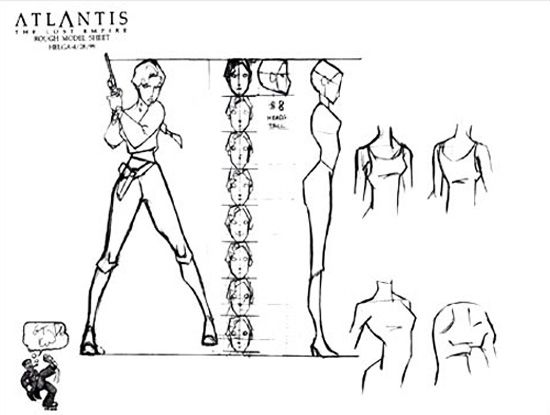

For example, when drawing Elsa from Frozen, focus on her ice-blue eyes, long blonde braid, and her iconic blue dress. When drawing Rapunzel from Tangled, focus on her big green eyes, long blonde hair, and her purple dress.
Heroes and Sidekicks
Disney heroes and sidekicks are also great characters to draw. They often have unique personalities and physical features that make them stand out. When drawing heroes and sidekicks, it’s important to pay attention to their facial features, clothing, and any accessories they may have.
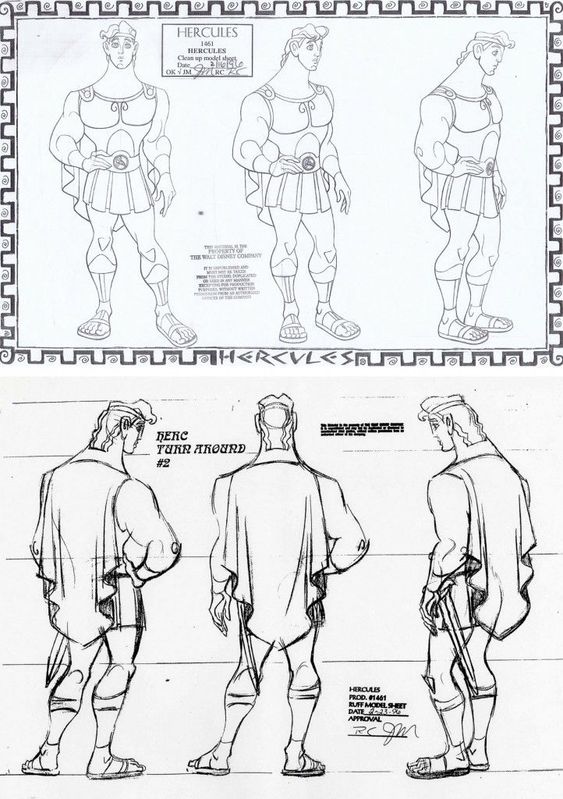
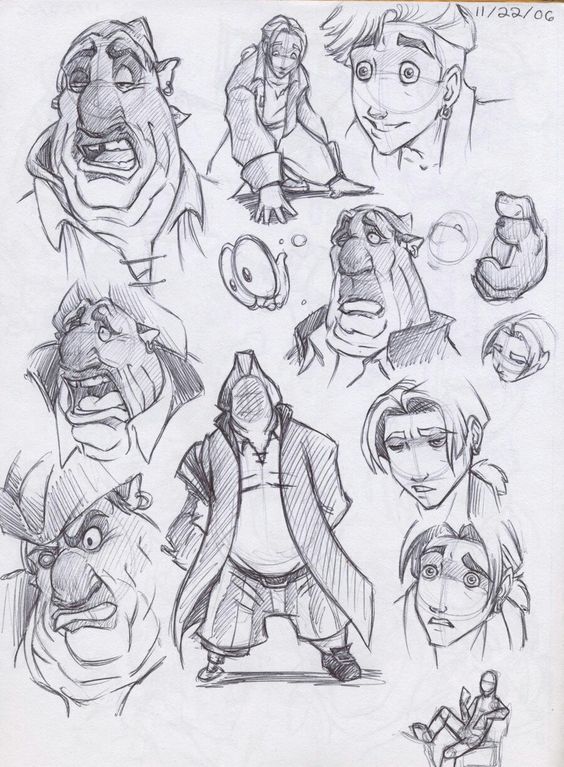
For example, when drawing Simba from The Lion King, focus on his golden fur, big brown eyes, and his red mane. When drawing Ariel from The Little Mermaid, focus on her bright red hair, green tail, and her seashell bra.
Villains and Antagonists
Disney villains and antagonists are some of the most iconic characters in the Disney universe. They often have exaggerated features and clothing that make them stand out. When drawing villains and antagonists, it’s important to pay attention to their facial features, clothing, and any accessories they may have.
For example, when drawing Cinderella’s stepmother from Cinderella, focus on her sharp nose, thin lips, and her black dress. When drawing the Evil Queen from Snow White, focus on her purple cloak, crown, and her apple.
Overall, drawing Disney characters can be a fun and rewarding experience. By paying attention to their unique features and style, you can create a drawing that truly captures their essence.
Expressive Features in Disney Drawings
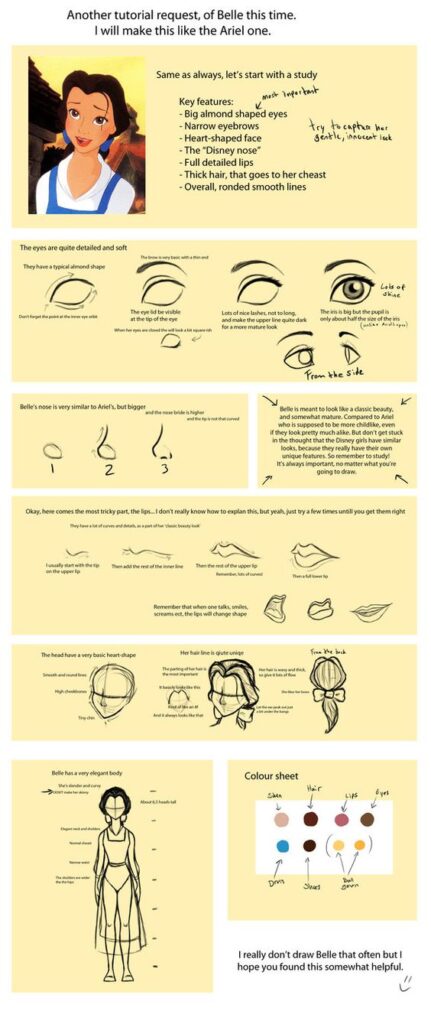
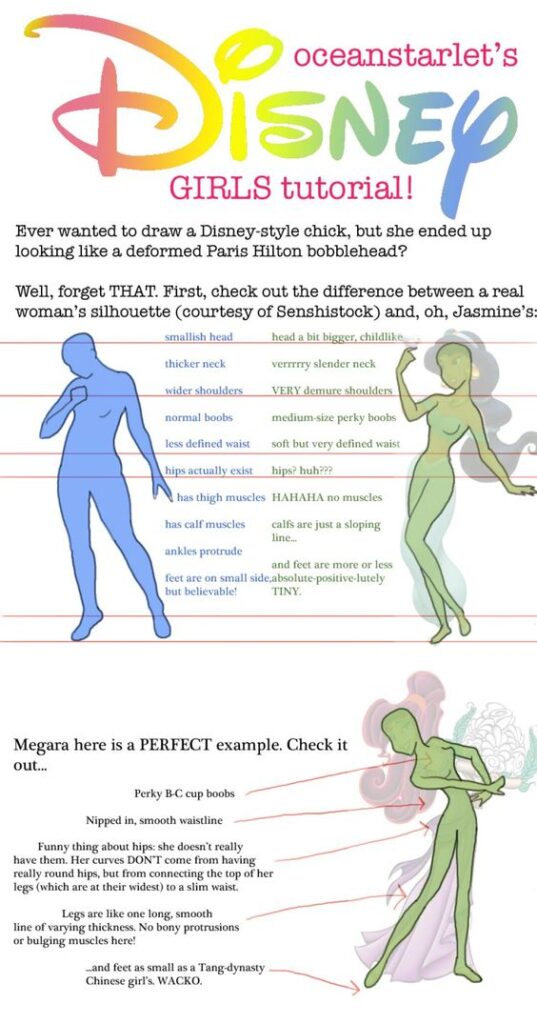
When it comes to Disney drawings, one of the most striking features is the expressiveness of the characters. Disney animators have a keen eye for detail, and they use a variety of techniques to create characters that are both relatable and emotionally engaging.
Capturing Disney Eyes
One of the most important expressive features in Disney drawings is the eyes. Disney animators are experts at capturing the essence of a character through their eyes. For example, the eyes of a villain are often drawn with a narrow, slanted shape, which conveys a sense of malice and deceit. In contrast, the eyes of a hero are often drawn with a round, open shape, which conveys a sense of honesty and integrity.
Another way that Disney animators use eyes to convey emotion is through the use of pupils. By making the pupils larger or smaller, they can create a sense of surprise, fear, or excitement. The placement of the pupils is also important. For example, if the pupils are placed close together, it can create a sense of anger or frustration.
Emotion and Expression
In addition to the eyes, Disney animators use a variety of other techniques to create expressive characters. One of the most important is the use of body language. By changing the posture or position of a character, they can convey a wide range of emotions. For example, a character who is slouching with their arms crossed might be conveying a sense of defensiveness or insecurity.
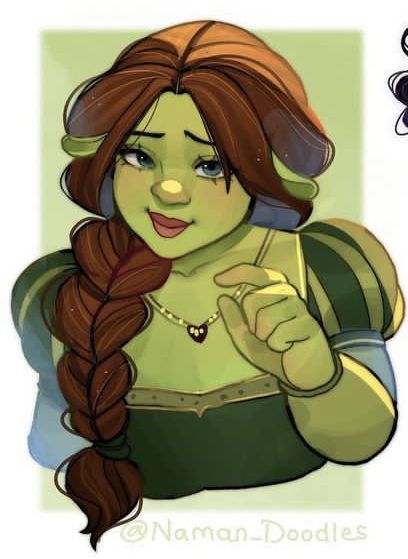
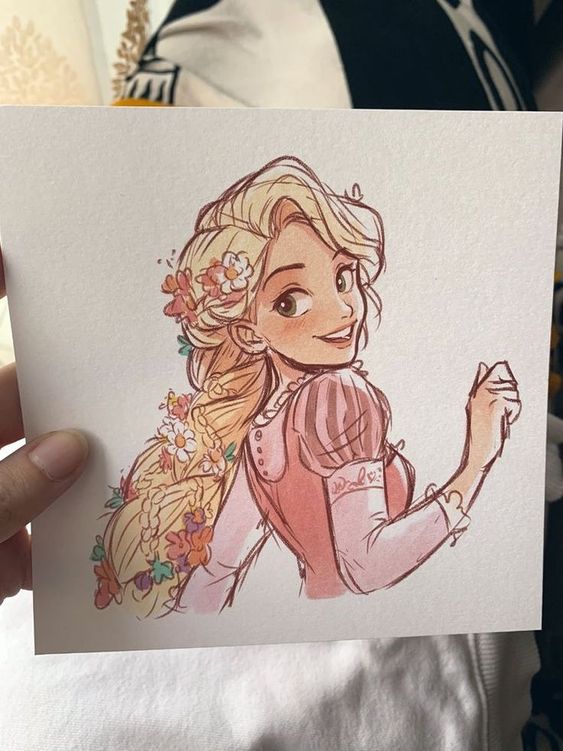
Another way that Disney animators create expressive characters is through the use of facial expressions. By exaggerating certain features, such as the mouth or eyebrows, they can create a sense of emotion that is both relatable and engaging. For example, a character with a wide, toothy grin might be conveying a sense of joy or excitement.
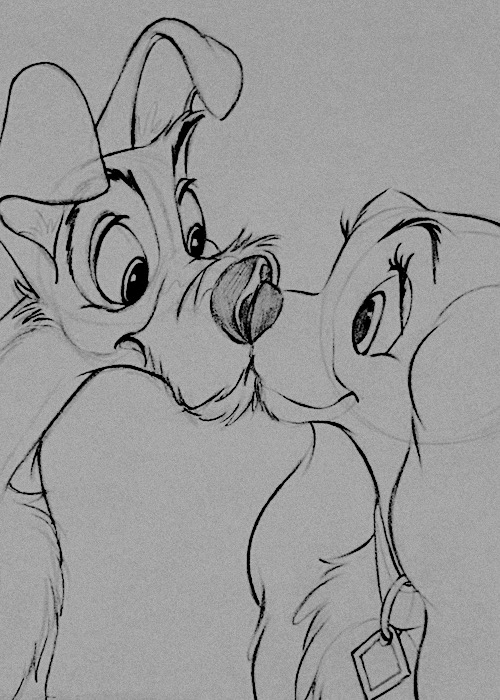
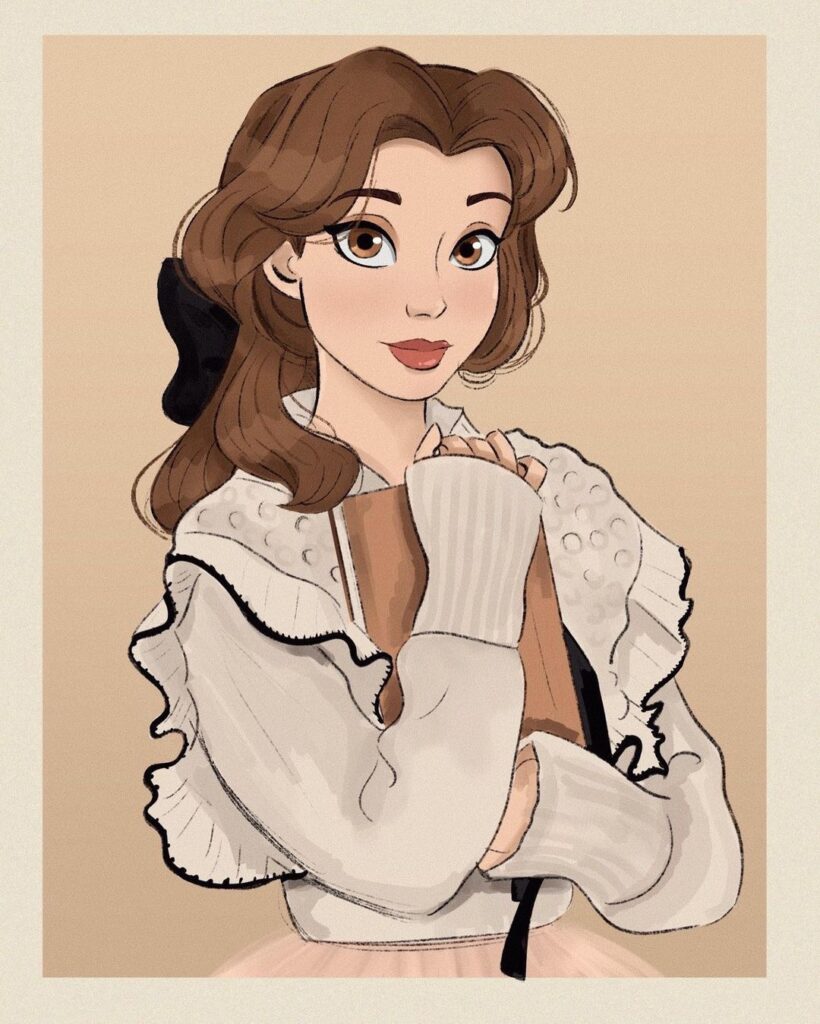
Overall, the expressive features in Disney drawings are what make them so iconic and memorable. By using a variety of techniques, Disney animators are able to create characters that are both visually stunning and emotionally engaging.
Adding Details to Your Disney Drawings
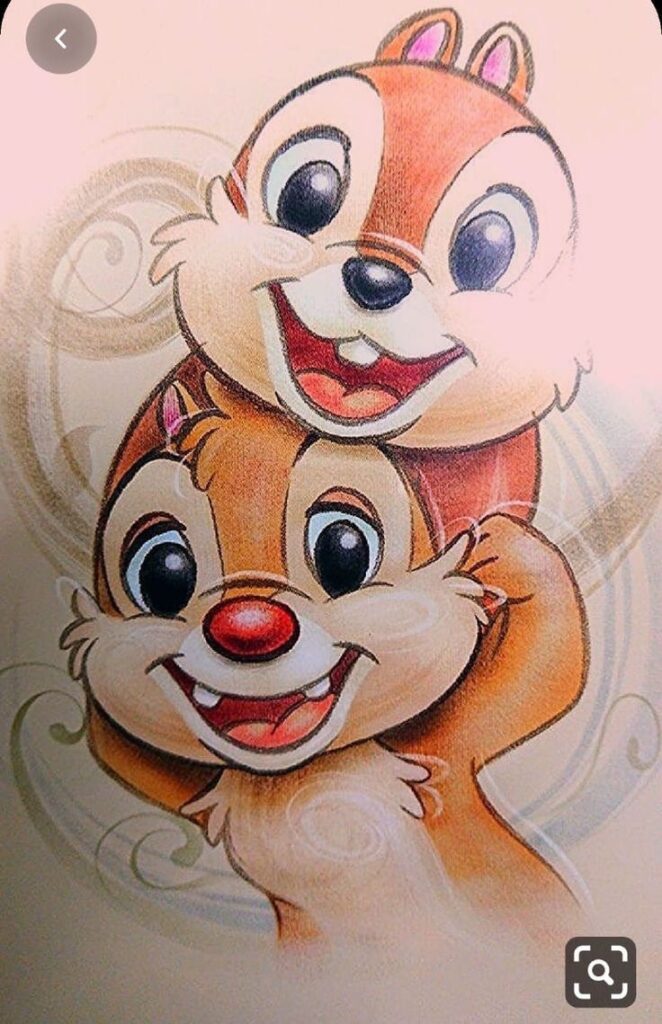
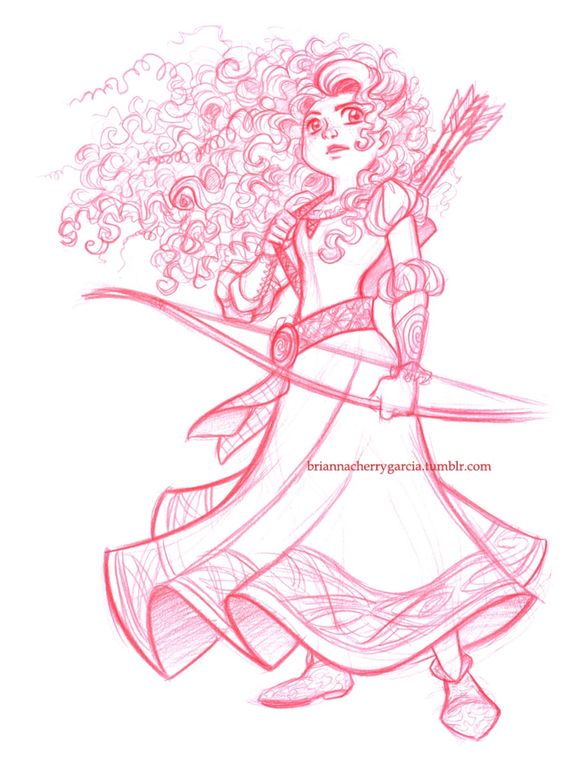
When it comes to creating Disney drawings, adding details is what brings the characters to life. Here are some tips on how to add details to your Disney drawings.
Clothing and Accessories
Clothing and accessories are an important part of Disney characters. To make your Disney drawings more realistic, pay attention to the details of the clothing and accessories. For example, if you are drawing a character with wings, make sure to add feathers to the wings to make them look more realistic. If you are drawing a character with a dress, pay attention to the folds and creases in the dress to make it look more realistic.
Backgrounds and Environments
Backgrounds and environments are also an important part of Disney drawings. They help to set the scene and create a sense of atmosphere. When adding details to your backgrounds and environments, pay attention to the small details. For example, if you are drawing a forest scene, make sure to add details such as trees, bushes, and flowers. If you are drawing a city scene, pay attention to the details of the buildings and streets.
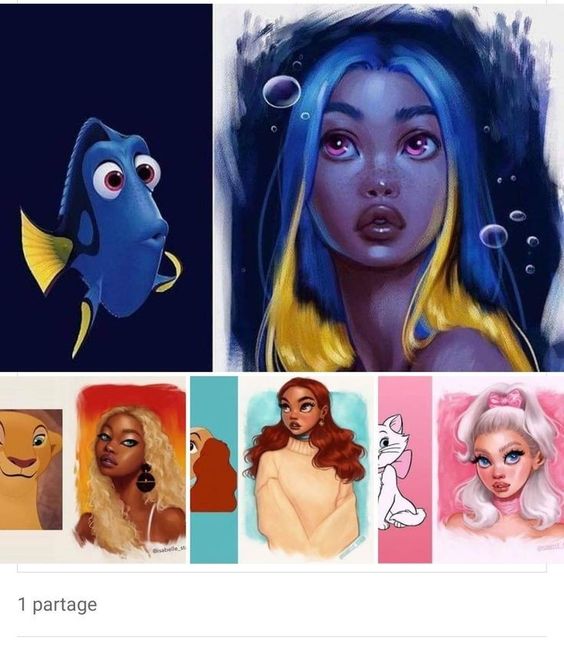
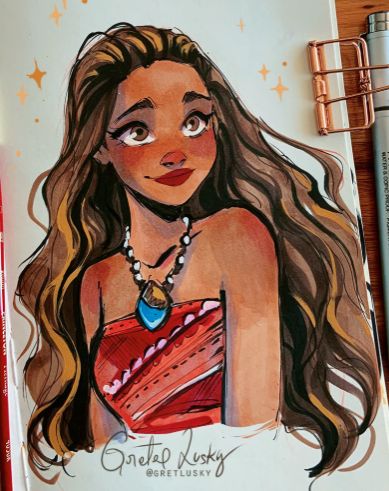
Remember, the key to adding details to your Disney drawings is to pay attention to the small details. By adding these details, you can bring your Disney drawings to life and create a more realistic and engaging experience for your viewers.
Step-by-Step Drawing Tutorials
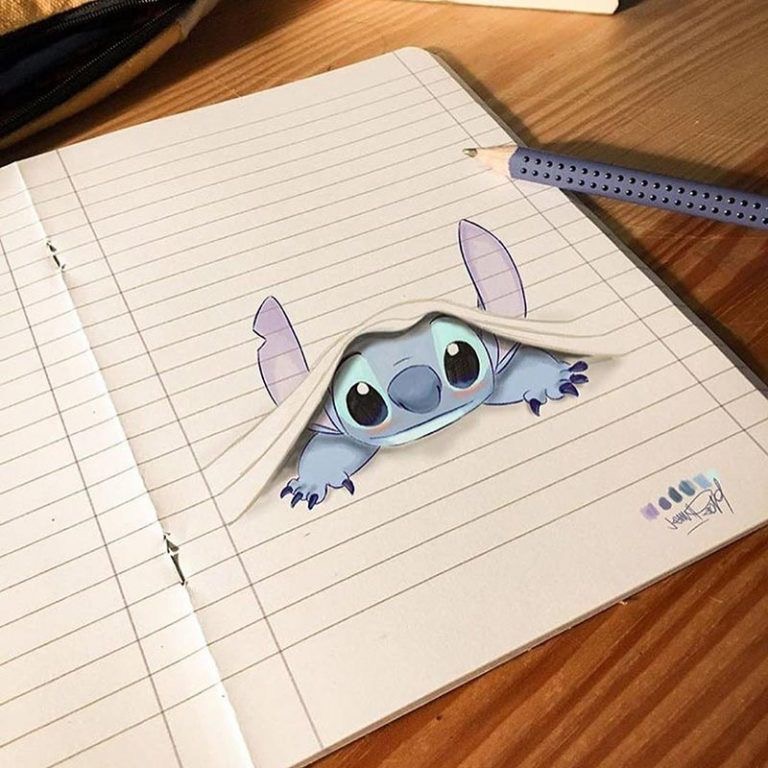
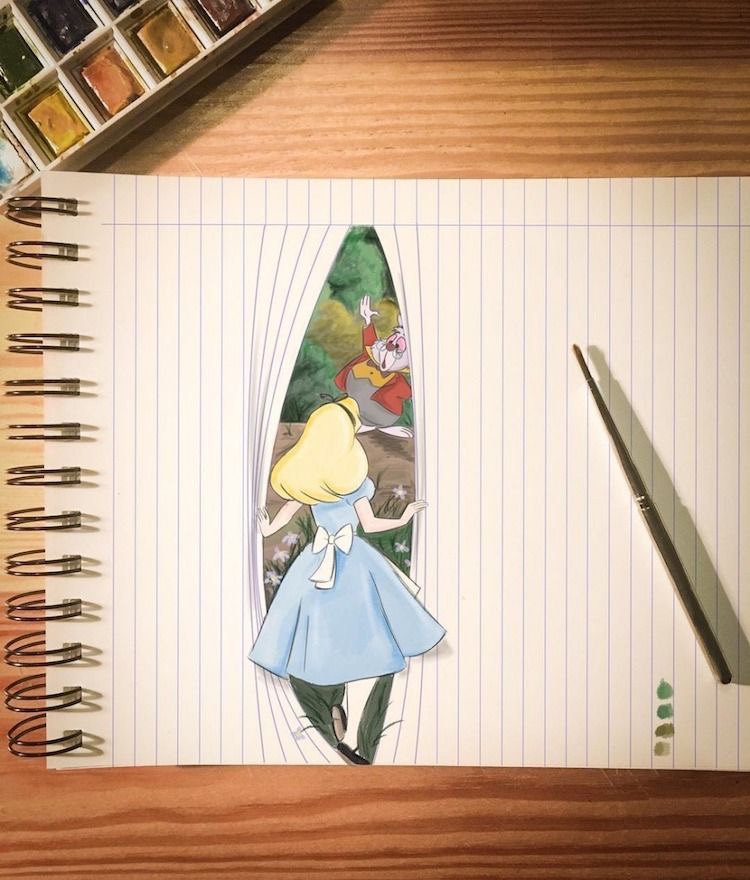
If you’re looking to improve your Disney drawing skills, we’ve got you covered with our step-by-step tutorials. In this section, we’ll cover classic and modern Disney characters to help you get started.
Classic Characters
Let’s start with the classic characters, Mickey Mouse and Minnie Mouse. Follow these easy steps to draw them:
- Start with a circle for the head and add a smaller circle for the nose.
- Draw two large circles for the ears.
- Draw two ovals for the eyes and add pupils.
- Draw a curved line for the smile and add a tongue for Mickey.
- Add details like eyebrows, eyelashes, and whiskers for Minnie.
With these simple steps, you can draw the iconic Disney duo.
Modern Characters
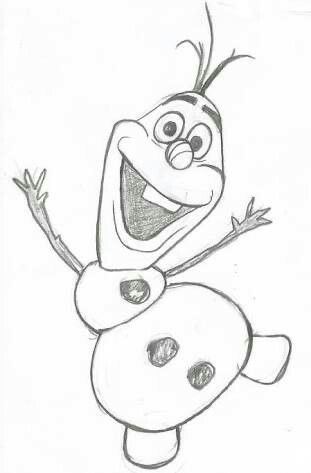
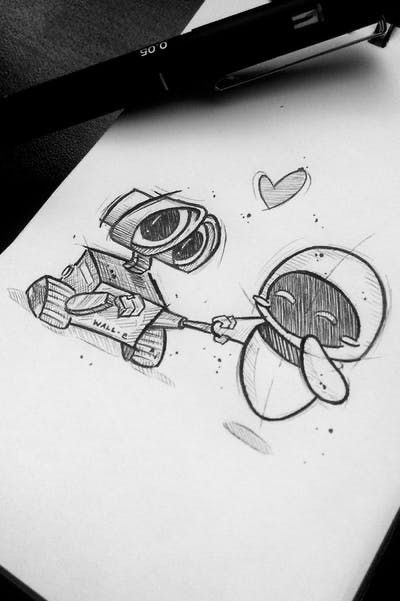
Moving on to modern characters, let’s take a look at Stitch and Moana. Follow these steps to draw them:
- Start with a circle for the head and add a smaller circle for the nose.
- Draw two large, pointed ears for Stitch and a flower for Moana.
- Draw two ovals for the eyes and add pupils.
- Draw a curved line for the smile and add teeth for Stitch.
- Add details like eyebrows, eyelashes, and hair for Moana.
With these easy-to-follow steps, you can draw your favorite modern Disney characters.
We hope these step-by-step tutorials have helped you improve your Disney drawing skills. Keep practicing and you’ll be a pro in no time!
Practicing and Improving Your Skills
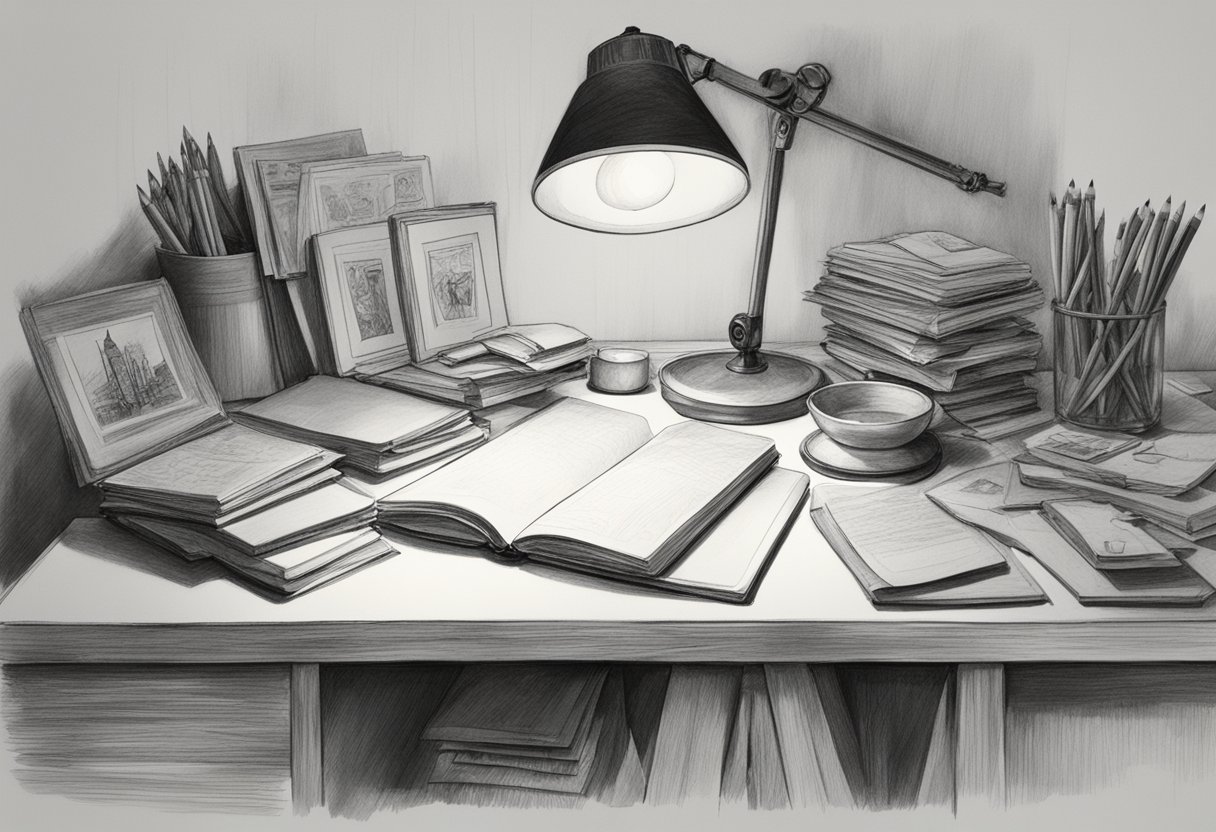
Regular Practice Techniques
To become skilled at drawing Disney characters, we must practice regularly. Drawing every day is a great way to improve our skills. We can start with simple sketches and gradually move on to more complex drawings. It’s important to practice drawing different characters, poses, and expressions. This will help us to develop our own unique style and improve our overall drawing skills.
Learning from Mistakes
Making mistakes is a natural part of the learning process. We should not be discouraged by mistakes, but rather learn from them. One way to do this is to keep a sketchbook and review our drawings regularly. We can identify areas where we need improvement and work on those specific skills. It’s also helpful to seek feedback from others, such as fellow artists or art instructors. They can provide valuable insights and suggestions for improvement.
Tutorial Videos
Another great way to improve our Disney drawing skills is by watching tutorial videos. There are many online resources available that offer step-by-step instructions for drawing various Disney characters. These videos can help us to learn new techniques and improve our overall drawing skills. It’s important to choose tutorials that are appropriate for our skill level and interests.
Overall, practicing regularly, learning from mistakes, and utilizing tutorial videos can help us to improve our Disney drawing skills. By incorporating these techniques into our daily routine, we can develop our own unique style and create amazing Disney drawings.
Incorporating Disney Magic and Themes
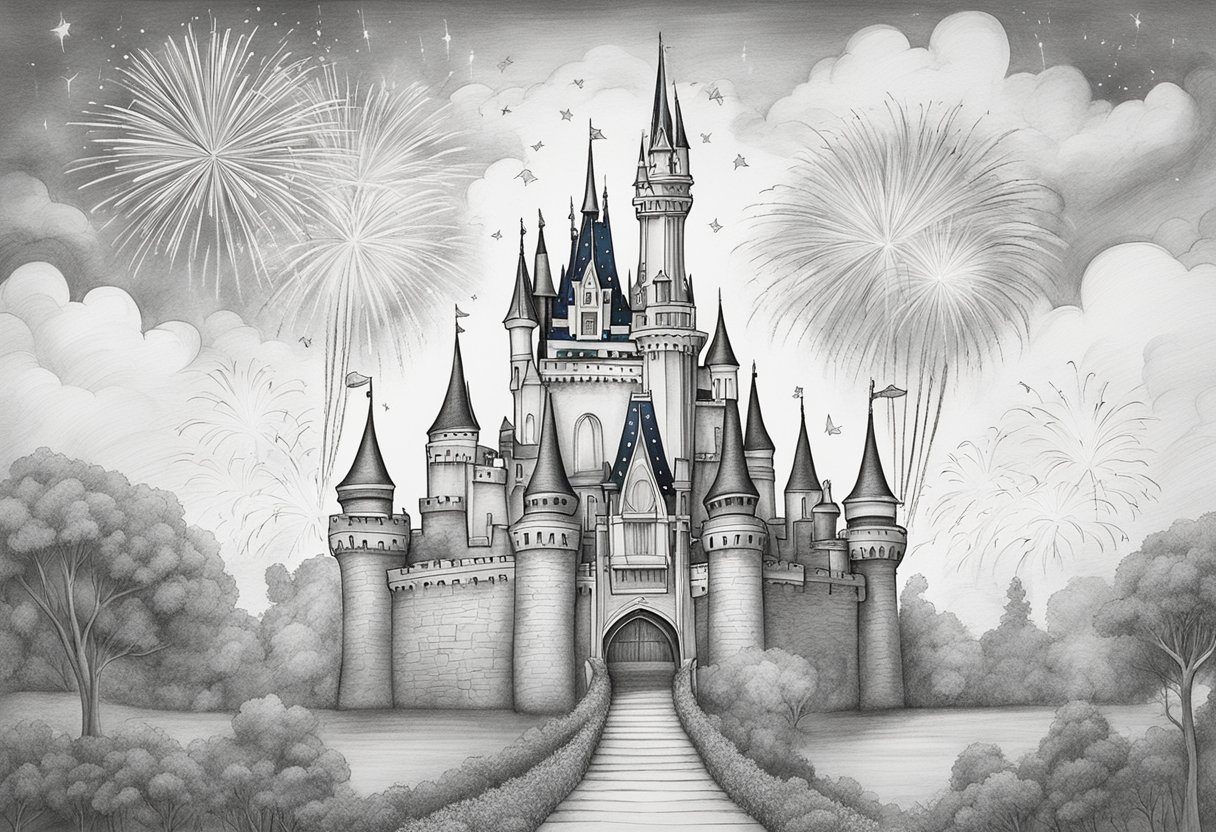
At Disney, we strive to incorporate magic and imagination into every aspect of our drawings. Here are some of the ways we incorporate Disney magic and themes into our drawings:
Fantasy Elements
Disney drawings often incorporate fantasy elements such as magic and fairy tales. We believe that these elements help to transport our viewers to a world of imagination and wonder. Whether it’s a fairy godmother transforming a pumpkin into a carriage or a mermaid singing on a rock, these fantasy elements add a touch of enchantment to our drawings.
Heroic and Regal Themes
Many of our Disney drawings feature heroic and regal themes. From princesses to superheroes, we believe that these characters inspire our viewers to be brave and noble. We also incorporate regal themes such as royalty and nobility to add a sense of elegance and grandeur to our drawings.
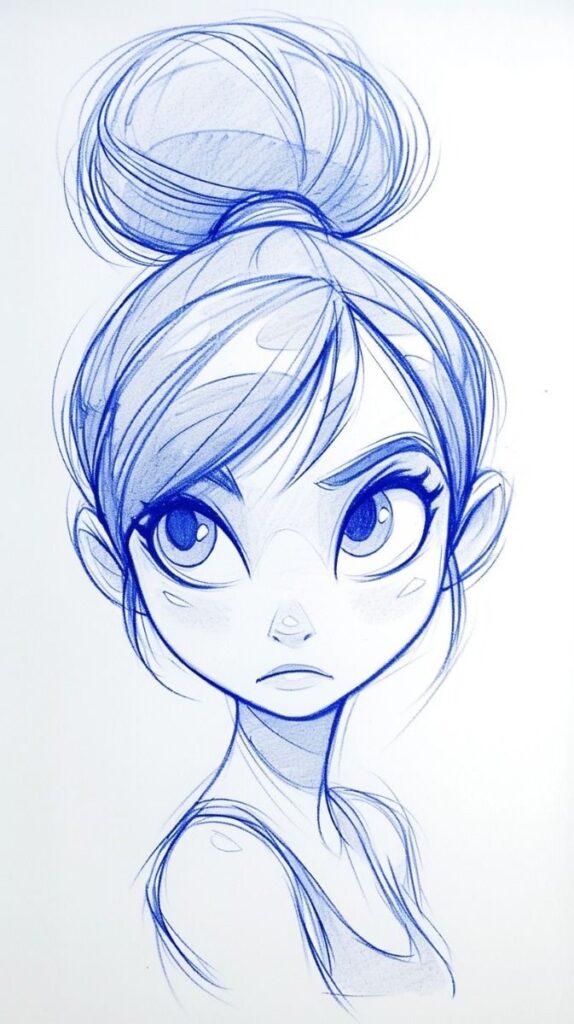
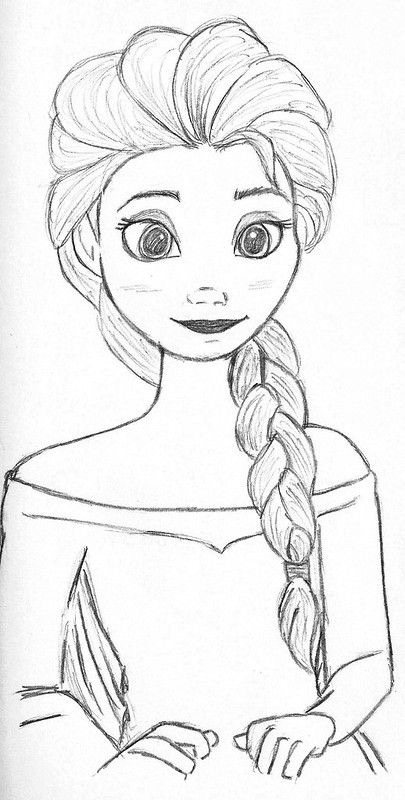
Overall, incorporating Disney magic and themes into our drawings is an essential part of creating a memorable and enchanting experience for our viewers. By incorporating elements such as magic, fairy tales, and heroic and regal themes, we aim to inspire and delight our audience with every drawing we create.
Disney Drawings in Popular Culture
Movies and Television
Disney drawings have played a significant role in popular culture, particularly in movies and television. Disney’s animated films, such as Snow White and the Seven Dwarfs, The Lion King, and Frozen, are some of the most beloved movies of all time. These films feature iconic Disney characters like Mickey Mouse, Donald Duck, and Goofy, and have captured the hearts of audiences for generations.
In addition to movies, Disney drawings have also been featured in television shows. The Disney Channel, for example, has produced numerous popular series, including Hannah Montana, Wizards of Waverly Place, and High School Musical. These shows have helped to introduce new generations of children to the world of Disney and its characters.
Merchandising and Parks
Disney drawings have also had a significant impact on merchandising and theme parks. Disney merchandise, such as toys, clothing, and home decor, has been popular for decades. Disney drawings are often used on these products, allowing fans to bring their favorite characters into their homes.
Disney theme parks, such as Disneyland and Walt Disney World, are also famous for their use of Disney drawings. The parks feature attractions and rides based on popular Disney movies, and visitors can meet and take photos with their favorite characters. The use of Disney drawings in the parks helps to create a magical and immersive experience for guests.
Overall, Disney drawings have become an integral part of popular culture. From movies and television to merchandising and theme parks, Disney’s iconic characters have captured the hearts of millions of people around the world.
Frequently Asked Questions
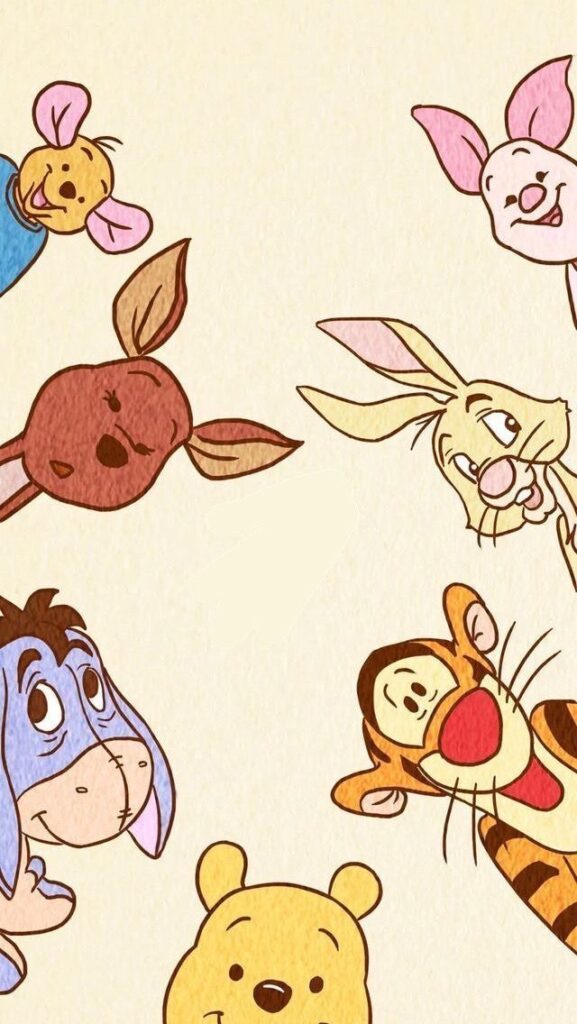
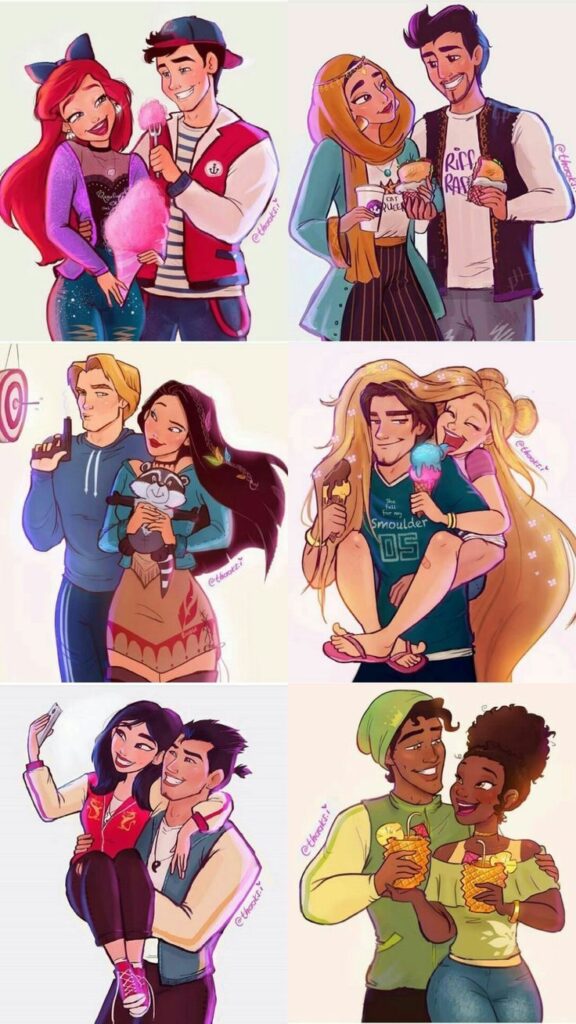
How can we learn to draw Disney characters in a simple style?
Learning to draw Disney characters in a simple style requires practice and patience. We recommend starting with basic shapes and lines and gradually adding details. There are many online tutorials and instructional books available that can help you develop your skills.
What are some popular Disney princesses to draw?
Some popular Disney princesses to draw include Cinderella, Belle, Ariel, and Rapunzel. These characters are beloved by many and offer a great opportunity to practice your drawing skills.
Where can we find inspiration for cute Disney character drawings?
There are many places to find inspiration for cute Disney character drawings. We recommend checking out official Disney merchandise and artwork, as well as fan art and online communities dedicated to Disney art.
Are there resources available for kids to learn drawing Disney characters?
Yes, there are many resources available for kids to learn drawing Disney characters. These include instructional books, online tutorials, and even classes at local art schools or community centers.
What are the steps to draw Disney characters?
The steps to draw Disney characters can vary depending on the character and the style you are trying to achieve. However, most drawings begin with basic shapes and lines and gradually build up to more detailed features. We recommend starting with simple sketches and practicing regularly to improve your skills.
What are the legal considerations when drawing and selling Disney character artwork?
When drawing and selling Disney character artwork, it is important to be aware of copyright laws and to obtain permission from Disney before using their intellectual property. Selling unauthorized Disney artwork can result in legal action, so it is important to do your research and obtain the necessary permissions.
- 2.1Kshares
- Facebook0
- Pinterest2.1K
- Twitter3
- Reddit0
